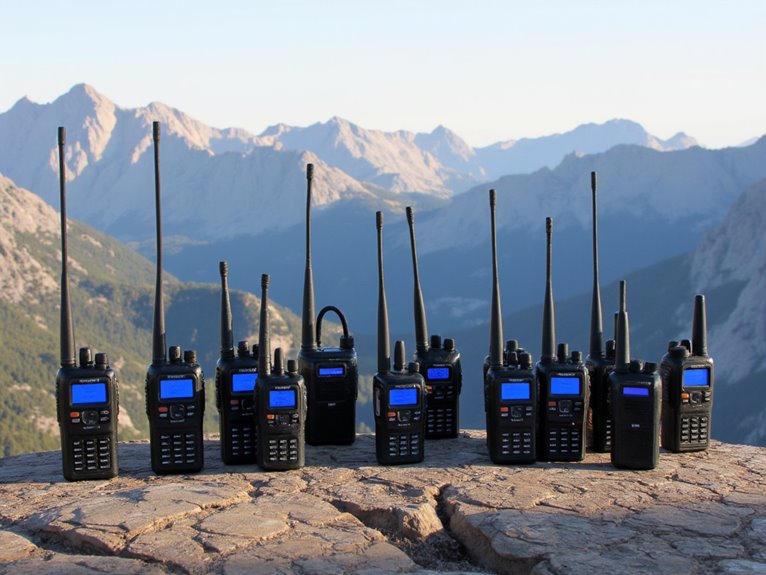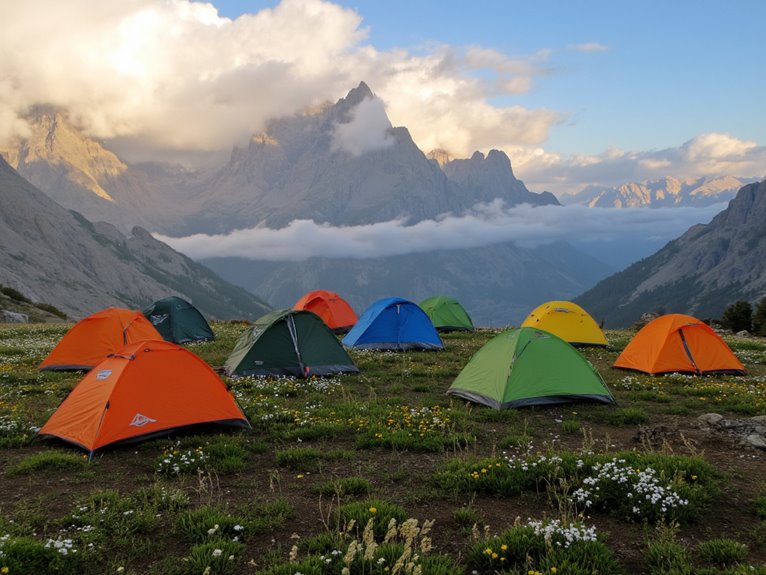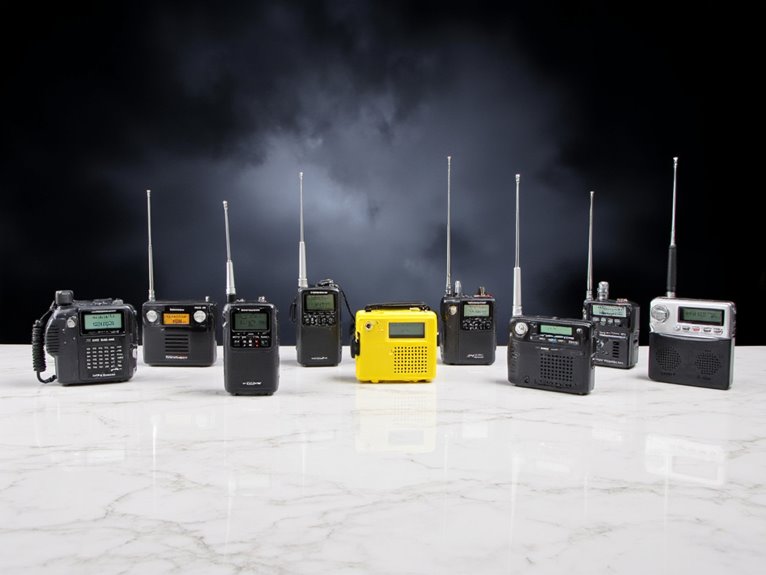What Size Backpack Do I Need for 7 Days?
For a 7-day trip, the ideal backpack size depends on the type of gear and clothing you need to pack, which is influenced by factors such as the trip's purpose, weather conditions, and personal preferences. Hiking trips, city breaks, and beach vacations all require different gear and equipment. Consider your essential items, layering strategies, and personal care needs to determine the ideal backpack size and style. By evaluating your packing needs, you can strike a balance between comfort and convenience. Discover how to optimize your backpack's capacity and uncover the perfect fit for your adventure.
We are supported by our audience. When you purchase through links on our site, we may earn an affiliate commission, at no extra cost for you. Learn more. Last update on 25th December 2025 / Images from Amazon Product Advertising API.
Understanding Your Packing Needs
Before selecting a backpack, it's essential to evaluate your packing needs, as the size of your gear will directly impact the capacity and type of backpack you require. Consider the length of your trip and the activities you plan to engage in. Will you need to pack clothing for varying weather conditions, or will you have access to laundry facilities? Additionally, think about the type of gear you need to bring, such as camping equipment, hiking boots, or electronic devices. Make a list of the essentials to get a clear understanding of the space you'll need. This will help you determine the ideal backpack size and style to accommodate your gear comfortably. By accurately evaluating your packing needs, you can choose a backpack that meets your specific requirements.
Consider the Type of Trip
The type of trip you're undertaking greatly influences the backpack size you'll need, as different activities and environments require varying levels of gear and equipment. For example, a hiking trip in the mountains may require more gear, such as a tent, sleeping bag, and cooking equipment, whereas a city break may only necessitate a few outfits and toiletries. If you're planning a beach vacation, you may need to pack more clothing and accessories, such as sunscreen and a beach towel. Considering the specific demands of your trip will help you determine the ideal backpack size. By identifying the unique requirements of your trip, you can pack efficiently and choose a backpack that meets your needs.
Clothing and Layering Strategies
Pack smart by employing a layering strategy that allows you to adjust to changing temperatures and activities, ensuring you stay comfortable and prepared throughout your trip. This approach enables you to pack fewer, more versatile items.
Here are three essential clothing items to include:
- Moisture-wicking base layers: For colder conditions, these provide warmth without bulk.
- Insulating mid-layers: Fleece or down-filled jackets offer warmth without restricting movement.
- Water-resistant outer layers: Breathable and windproof, these protect against the elements.
Toiletries and Personal Care
When venturing into the wilderness, it's essential to prioritize personal hygiene and grooming to maintain physical and mental well-being. A well-stocked toiletry bag should include essentials like biodegradable soap, toothbrush, toothpaste, and any personal medications. Don't forget to pack a small supply of toilet paper, hand sanitizer, and any feminine hygiene products if applicable. For personal care, consider packing a small towel, wet wipes, and any necessary cosmetics. Remember to choose travel-sized or decanted versions of your favorite products to save space and weight. By packing these essentials, you'll be able to maintain a sense of cleanliness and dignity, even in the most remote wilderness areas.
Electronics and Accessories
Reliability in the wilderness depends on the right electronics and accessories, which can make all the difference between a comfortable journey and a disastrous one. When venturing into the great outdoors, it's vital to pack the essentials that will keep you connected, navigated, and entertained.
Three must-haves are:
- Portable Power Bank: A reliable power source to keep your devices charged.
- Waterproof Bluetooth Speaker: A compact speaker to boost morale and create a relaxing atmosphere.
- GPS Device or Smartwatch: A navigation tool to stay on track and find your way back.
Remember to select electronics and accessories that are durable, water-resistant, and energy-efficient for a hassle-free adventure.
Sleeping Bag and Pad Requirements
As you venture further into the wilderness, a comfortable night's sleep becomes paramount, making the selection of a suitable sleeping bag and sleeping pad a vital component of your outdoor adventure. When choosing a sleeping bag, consider the expected low temperature for your camping location and select a bag with a suitable temperature rating. Additionally, consider the bag's weight, compressibility, and insulation type. A sleeping pad provides extra comfort and insulation, and options range from lightweight air pads to thicker foam pads. For a 7-day trip, a sleeping bag and pad combo that balances weight, compressibility, and warmth will guarantee a comfortable night's sleep, allowing you to tackle the next day's adventures with energy and enthusiasm.
Additional Gear and Contingencies
What additional gear and contingency plans should you pack to guarantee a safe and enjoyable wilderness adventure? When venturing into the wilderness, it's essential to be prepared for unexpected situations.
Some essentials to include in your packing list are:
- First aid kit: A basic first aid kit should comprise items such as bandages, antiseptic wipes, pain relievers, and any personal medications.
- Emergency shelter and warmth: A lightweight emergency blanket and a warm hat can be lifesavers in extreme weather conditions.
- Multi-tool or pocket knife: A multi-tool or pocket knife can help with a variety of tasks, from cutting kindling to repairing gear.
Remember to check the weather forecast and adjust your packing list accordingly. It's always better to err on the side of caution when venturing into the wilderness.





